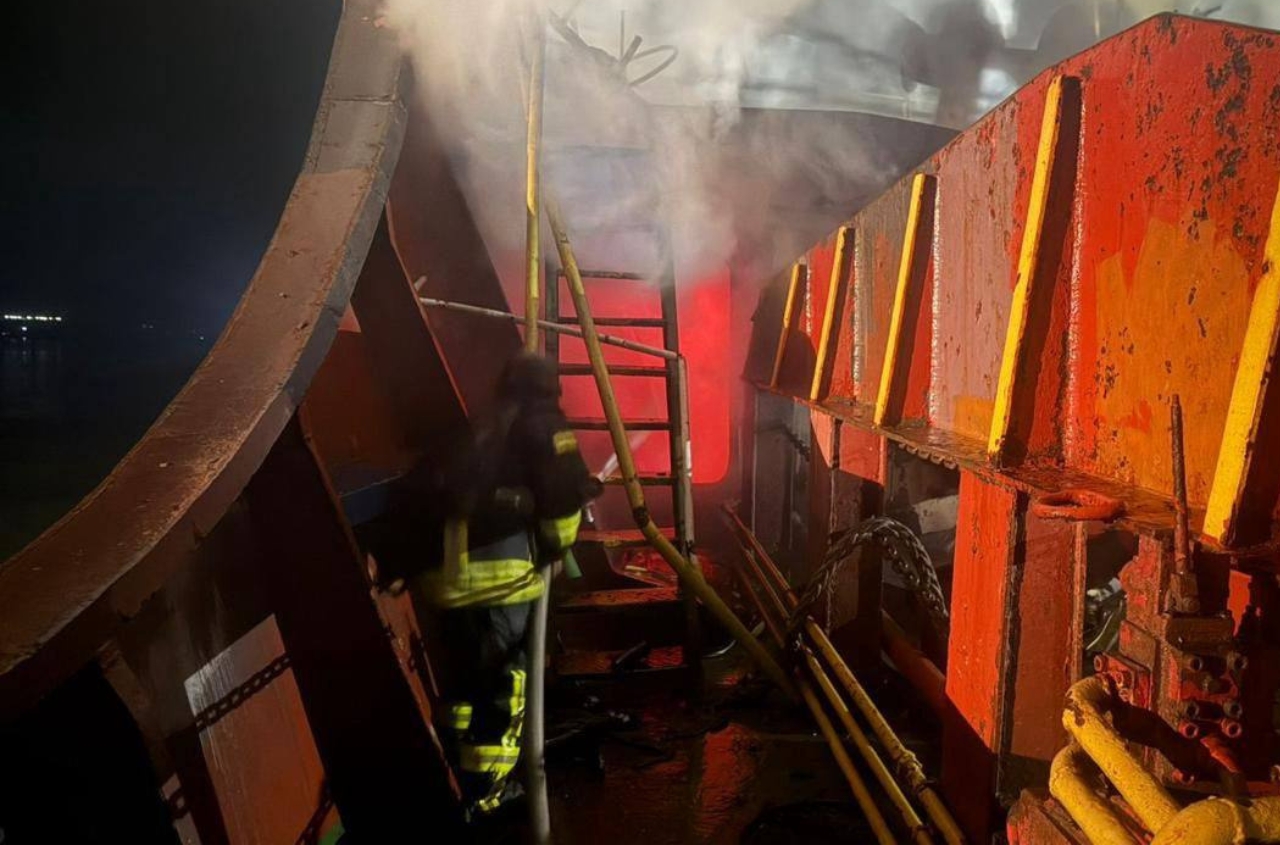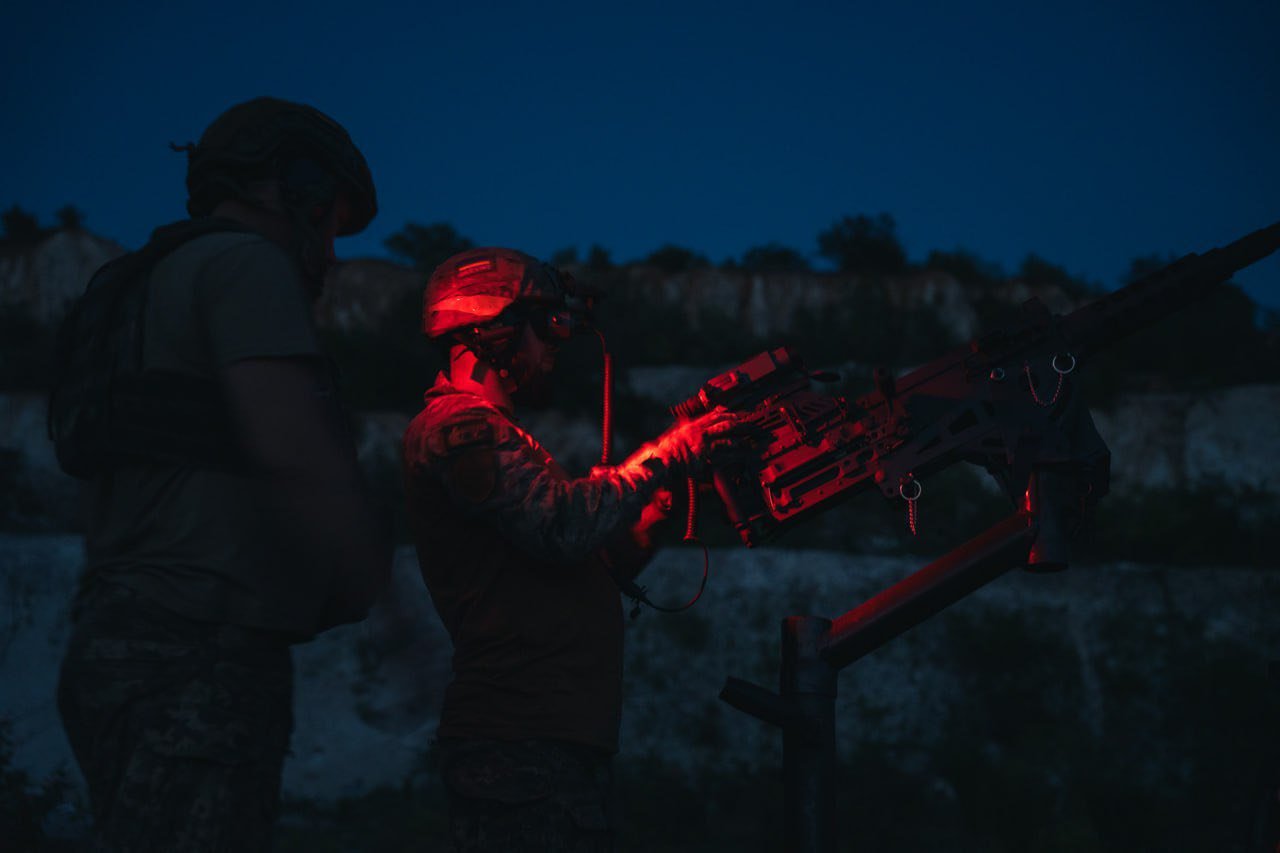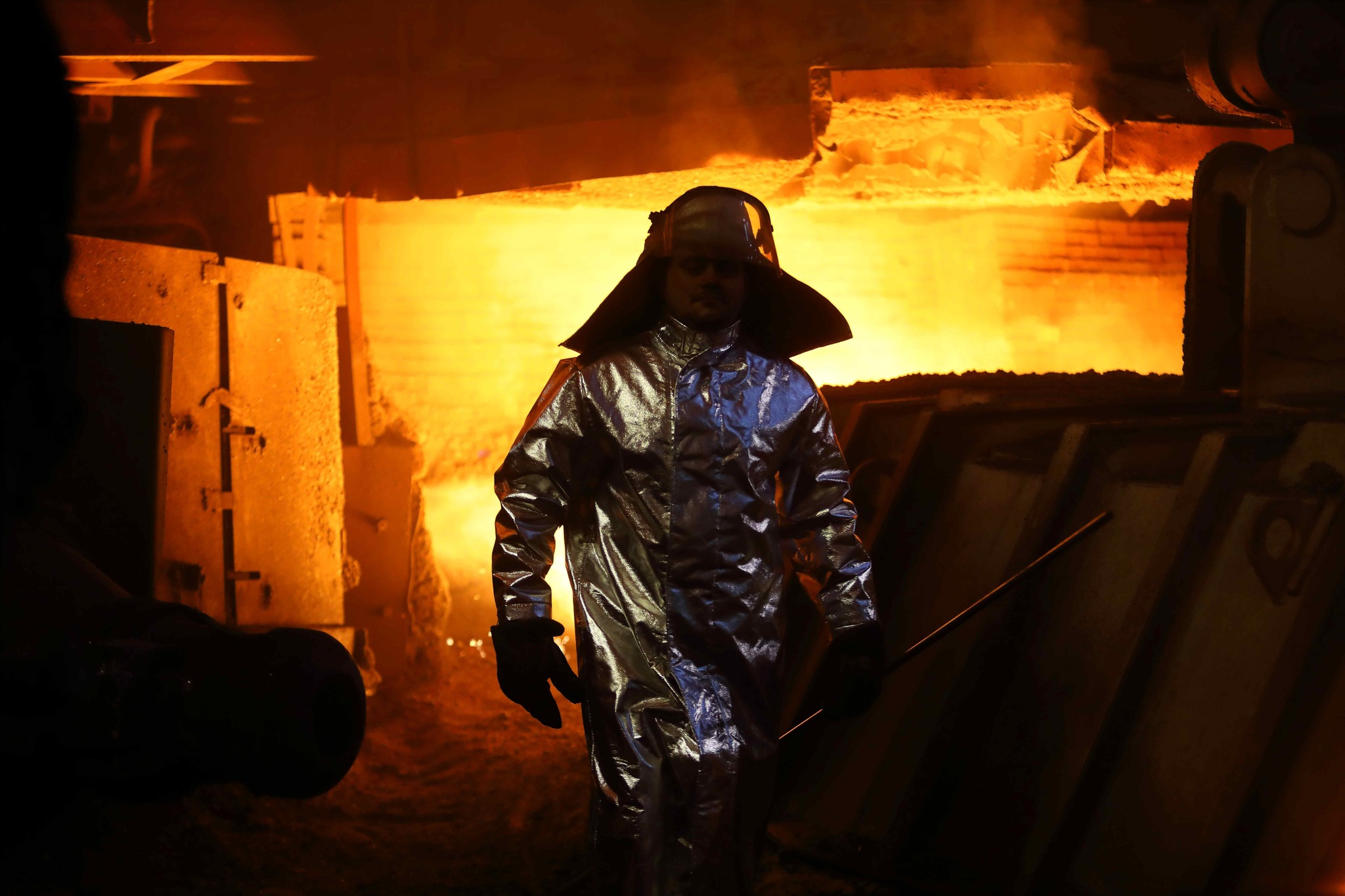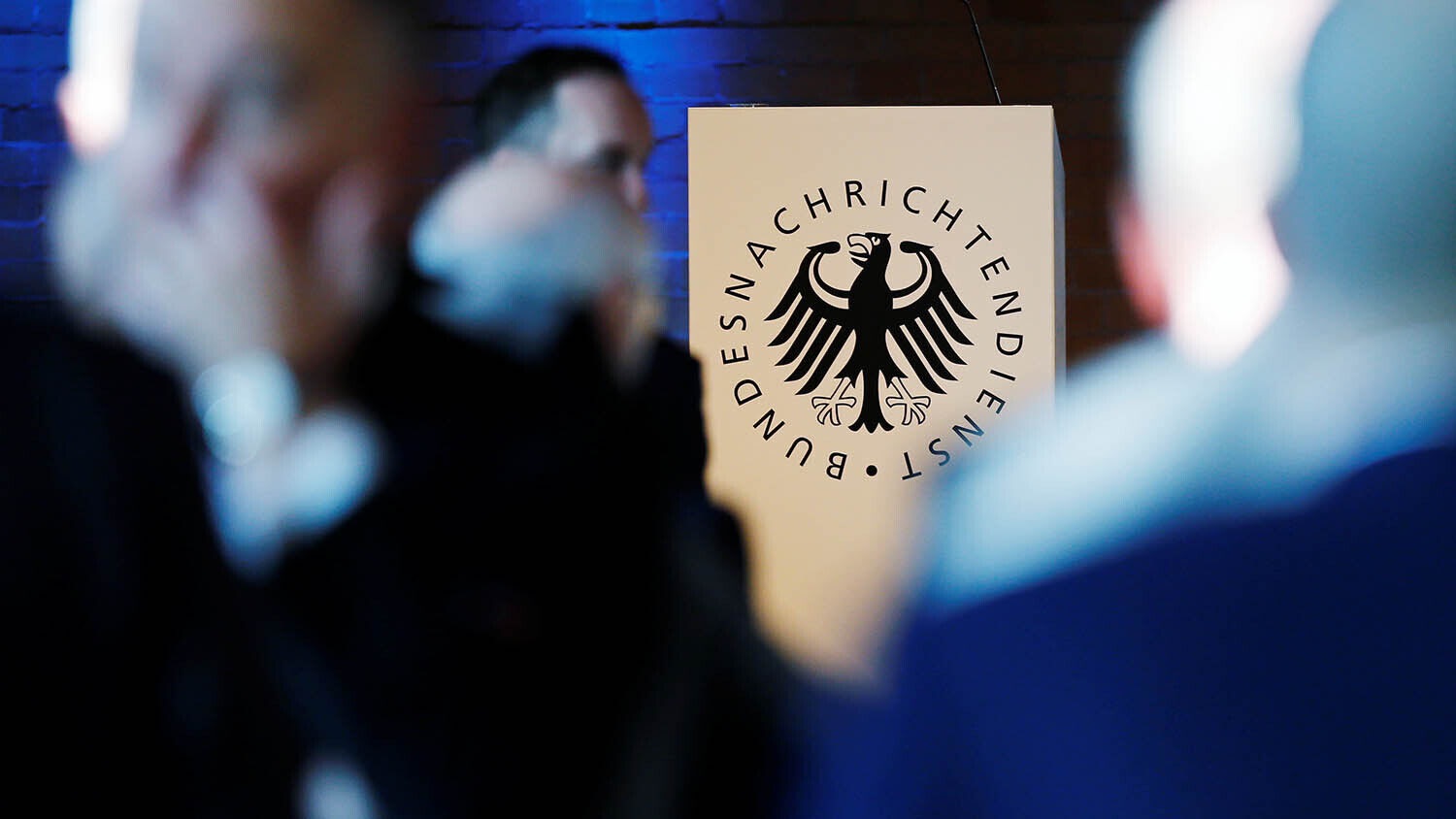I want to outline the situation with the mysterious drones over Europe.
Appearance
UAVs do not appear out of nowhere. They either come from far away through the air — a route that NATO air defenses clearly track — or they are launched locally inside countries by some sabotage-reconnaissance groups. There is no public information about this, though NATO has it. My personal view is that the launches came from the decks of Russian naval vessels in the Baltic Sea. As an engineer, that’s how I would do it.
Locations
All UAV detections have been recorded in countries close to Russia. There are no cases in Spain or Italy.
Confirmation
Apart from official statements by countries, there is no physical evidence of what is actually flying. The term “drone” could mean anything from a Mavic to a huge Russian reconnaissance Orion. But there are no fragments, no photos...
Physical impact
The appearance of these mysterious UAVs has a physical effect only on airport operations — civil and transport services.
Information impact
Disruption of air travel and an unknown threat generate large information resonance among the public.
Motives
This is a classical scenario depicted in many films of so‑called hybrid warfare: fear, confusion about what is happening, uncertainty about the source of the threat, social tension, distraction from other events, and a shift in priorities of ongoing processes to:
- Create an image of Russia as an all‑powerful military, technical and political adversary on the continent. That will make Europeans reluctant to “make an enemy” of themselves (with the prospect of a future war).
- Divert attention from the situation in Ukraine. Shift financial and military priorities toward defending Europe rather than helping Ukraine. Strengthening air defenses across NATO (to counter large numbers of this type of UAV) requires enormous resources.
- Probe so‑called “red lines” — how far Russia can go without provoking serious consequences. After that may come a phase of shifting those “red lines.”




















